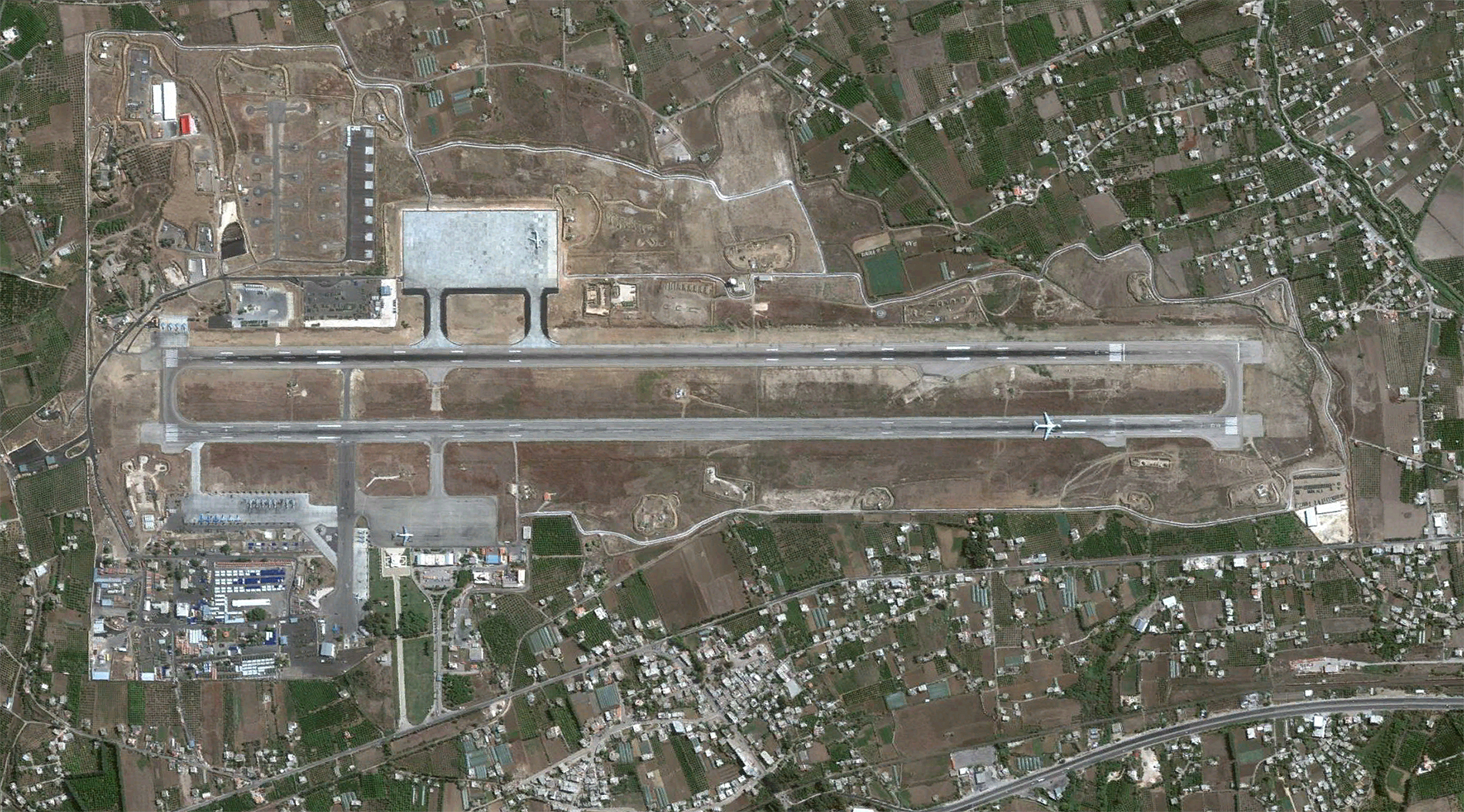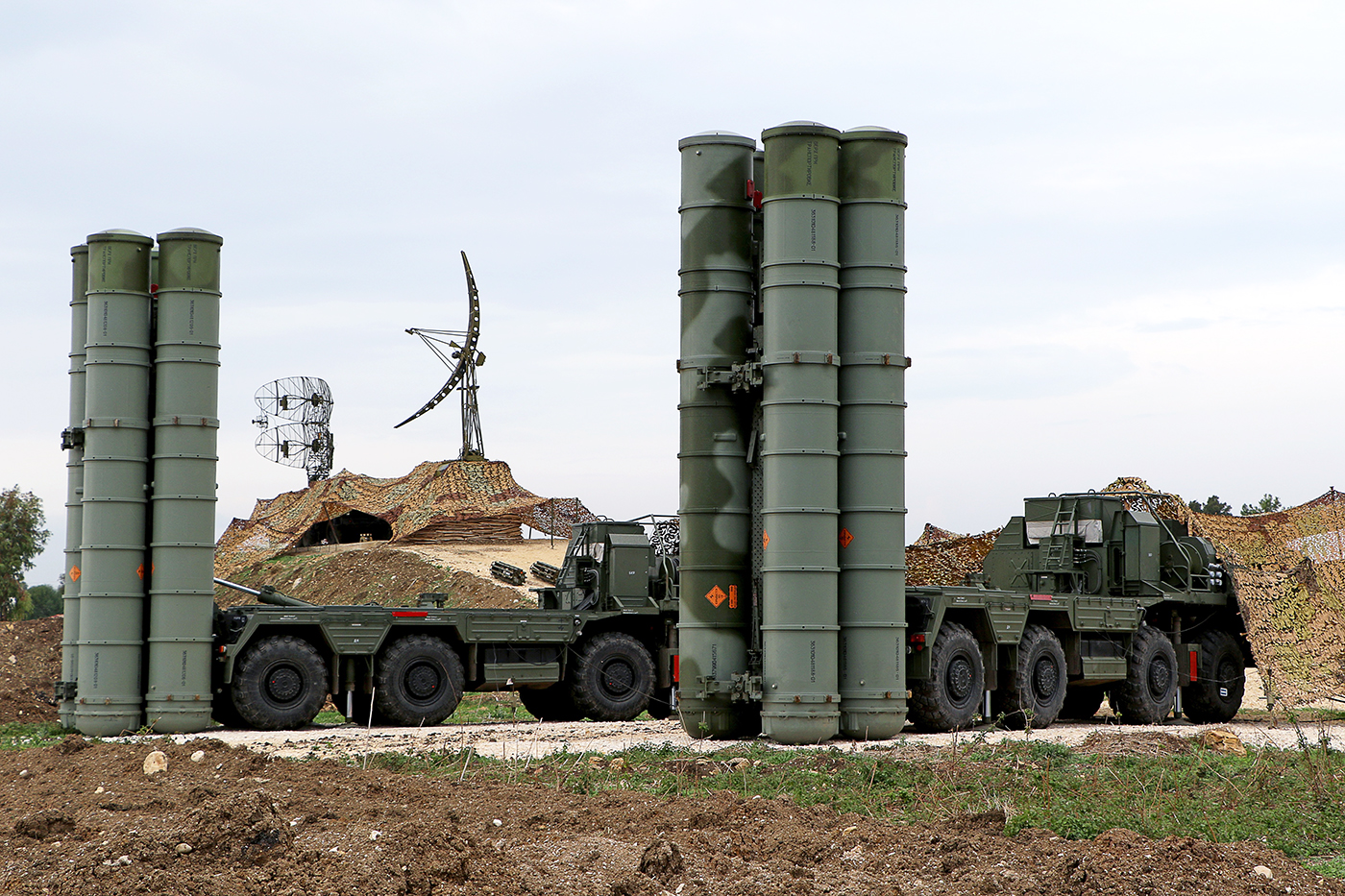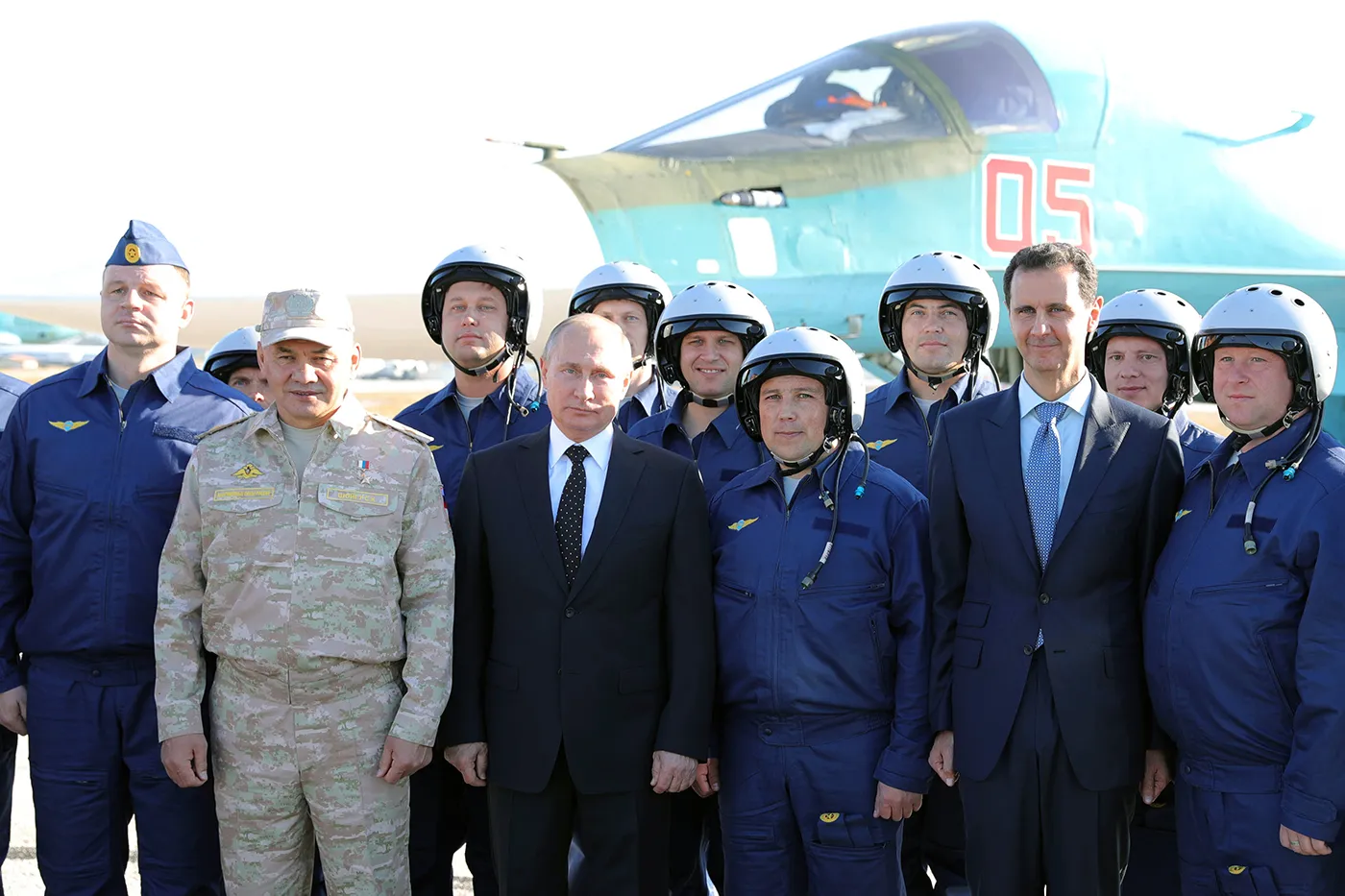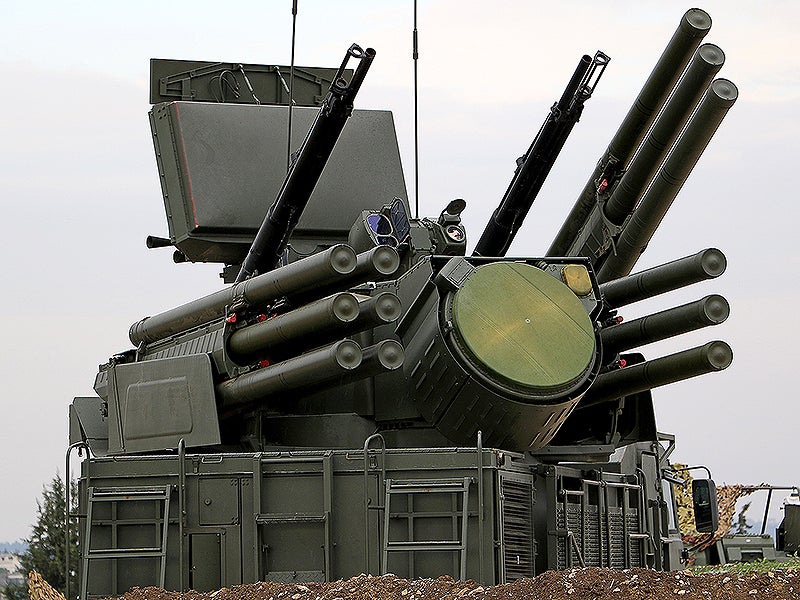Following a deadly attack on Russia’s Khmeimim Air Base in Syria on December 31st, which killed at least two servicemen and damaged or destroyed aircraft based there, it now seems as if the base is coming under attack on a fairly regular basis according to reports.
Days before the deadly New Years Eve attack that we still know little about, on December 27th, another onslaught of artillery occurred. Two of the rockets were supposedly shot down by Pantsir-S1 point air defense systems while at least one other impacted outside the base.
Just hours ago, on January 6th, 2018, reports of another attack on the base began emerging, this one supposedly coming from weaponized drones.
Although these aren’t the first attacks on the base, three attacks in ten days seem like a significant uptick in enemy action for an installation that is supposedly situated in largely non-hostile territory. And these are only the attacks that have been more widely reported, some sources say there have been multiple weaponized drone attacks just in a single day.
We reported on an official list posted last Summer that shows engagements by Russian air defense systems in Syria up until that time in 2017. Clearly the frequency of these events have escalated since then as the list shows only four engagements at Russia’s air base, three of which involved artillery rockets and one having been against a balloon:
The enemy’s ability to rapidly adapt their hardware and tactics, especially when it comes to the use of weaponized drones, is something we have noted repeatedly in conflict zones in the Middle East. In Yemen, Houthi rebels, with the help of Iranian backers, have actually employed small drones in the destruction of enemy air defenses (DEAD) role. Prior to this, such a capability was only available to state actors, with Israel being the leader in this unique weapons space.

Using different construction materials, guidance concepts, and attack profiles, the enemy can learn what works best to thwart point air defense systems. And that process of trial and error seems to be underway in these latest instances. As small drone capabilities become increasingly complex and accessible, the threat they will pose to forward-deployed forces will skyrocket. If, or should I say when, they reach the sophistication level of a credible swarm, they will become exceptionally disruptive. There is no known and robust kinetic defensive capability able to counter this type of threat at this time.

As for who is executing these attacks and how they are pulling them off in or near regime controlled territory, there has been worry for some time that as government forces and their Russian and Iranian backed comrades, along with U.S. led coalition backed forces, retake large swathes of territory from rebel and extremist elements, many of these fighters would break up into smaller cells and melt into the populous. In a limited number of ways this far more diffused threat poses a larger danger to the Assad regime and its external backers than a highly centralized one. The move away from more traditional military tactics to ones that are more insurgent-like in nature is one of them.
Weaponized drones are especially attractive for this type of warfare because they can be built in large quantities clandestinely in an urban environment and they are a standoff weapon that allows the user to have a high chance of survivability after their employment. They also put high-value targets that are well defended against a ground infiltration within a single operator’s reach. Russia’s main base in Syria is clearly the juiciest of almost all targets imaginable for such hostile actors. If these factors are indeed at play, these attacks are likely to become even more frequent as time goes on.

The big question is what type of impact increased attacks on Russia’s primary Syrian base could have. Vladimir Putin recently traveled to the outpost to declare victory against ISIS and anti-Assad forces in Syria. Continued attacks on the high-profile base would tell a different story, and if losses mount, the situation could potentially prove problematic for the Russian President, especially during an election cycle. But above anything else, these attacks are likely an indicator of how the conflict in Syria will morph in the coming months and even years.
Contact the author: Tyler@thedrive.com
